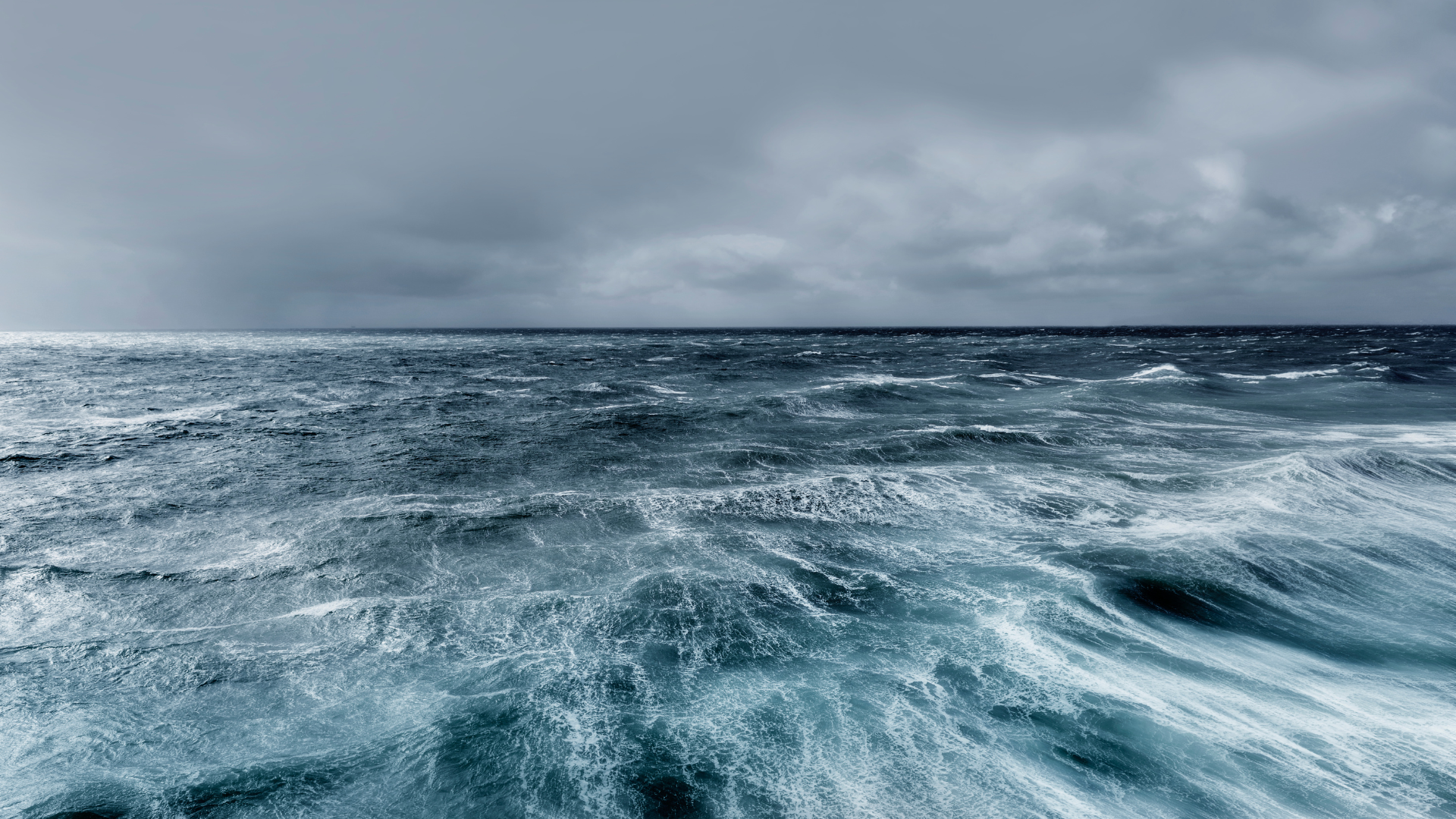Some people might not know what the Mariana Trench is, or even why it has such a big impact on our lives. Often referred to as the deepest part of the ocean, the Mariana Trench never ceases to amaze us with its unique features. Continue reading to know more.
What is The Mariana Trench?
The Mariana Trench is the deepest point on Earth’s surface, reaching a depth of 10,911 meters (35,797 feet). It was discovered in 1891 by the Spanish explorer Augusto Villalobos during a survey of the Pacific Ocean. Unlike other deep ocean trenches like the Kerguelen Trench (9,882 meters), which are formed by the sinking of continents or ice sheets, the Mariana Trench was created when an enormous chunk of the Earth’s crust fell into it.
Two explorers – Swiss engineer Jacques Piccard and US naval officer Don Walsh-became the first individuals to descend 11 kilometers to the Mariana Trench on January 23, 1960.
James Cameron, the National Geographic Explorer-in-Residence, made history on March 26, 2012, when he performed the first solo dive to the Challenger Deep in the Mariana Trench, which is almost 11 kilometers (7 miles) below the ocean’s surface. The DEEPSEA CHALLENGER, a cutting-edge submersible, was employed by Cameron.
Where Is It Located?
The Mariana Trench is a deep ocean trench located in the western Pacific Ocean. The trench is about 3,840 kilometers long and up to 1,950 kilometers wide. The deepest point in the trench is about 10,000 meters below sea level.
The Mariana Trench is one of Earth’s most extreme locations where temperature and pressure change dramatically with depth. The average seawater pressure at the trench is around one million times greater than that at the surface. This intense pressure causes fluids such as water and oil to become solid (a process called “crystallization”). These incredibly dense crystals form miles-long columns along the seabed, creating spectacular cave systems known as hydrothermal vents.
The extreme conditions found at the Mariana Trench have led to some of Earth’s most bizarre and unexpected creatures inhabiting its depths. These include giant tube worms, fish with armor on their skin that can withstand incredible pressures, and an octopus species that can squirt ink from its eyes to escape predators.
How Big Is It?
The Mariana Trench is so deep that light takes almost three hours to travel from the surface to the bottom of the trench. This makes it an excellent place to study how our planet operates at such great depth. It has been explored extensively since its discovery and provides scientists with a wealth of information about our planet’s geology, oceanography, and climate. Some of the most surprising discoveries made during research into the trench include evidence that Earth goes through regular cycles of mass extinction and that plate tectonics play a significant role in shaping our planet’s interior.
The Mariana Trench is an awe-inspiring reminder of just how much we still don’t know about our world, and it promises to continue giving scientists new revelations for years to come.
Why Does It Shock Us All?
Scientists have been continually exploring the trench and its contents. In March of this year, researchers from Japan released footage from their robotic submarine vessel disturbing footage showing what appears to be large creatures swimming in the trench’s abyssal depths. While there is still much we don’t know about this incredibly deep place, what we do know is that it is an incredibly awe-inspiring site.
What Was The Mystery We Were Trying To Unravel?
The Mariana Trench is so deep that sunlight never reaches the bottom. It was unknown what was at the bottom of this trench until recently. In early 2012, a robotic submarine called Alvin discovered something shocking at the bottom of the trench: an underwater mountain range! This mountain range was so deep that scientists were not sure if it was actually a mountain or if it was just an illusion created by how deep they were going down.
Since Alvin’s discovery, other submarines have explored further down into the trench and have found even more mountains. Some of these mountains are as high as 8,000 feet tall! Scientists still do not know what these mountains are made of or why they are there, but they are sure to be studied more closely in the future.
